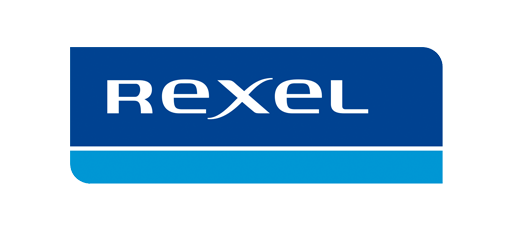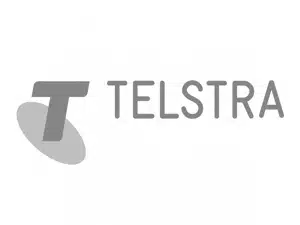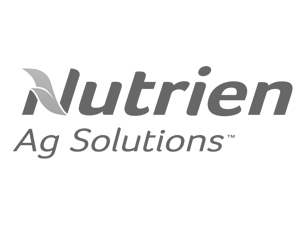Talk to our team
To assist you further, please enter your details below.
*Fields marked with an asterisk are compulsory
Standard inclusions with all WHS Monitor accounts
We want all WHS Monitor users to get the most out of the system, so we support you at every step.
Account Management
Initial system implementation
Comprehensive knowledge base articles and help videos
On-going in-house client support
Hosting on highly secure servers, in a classified data centre













